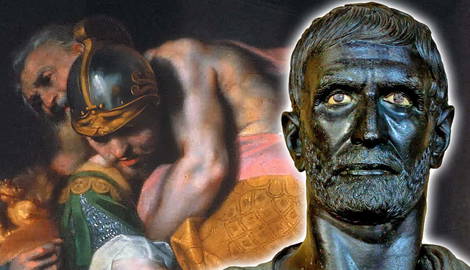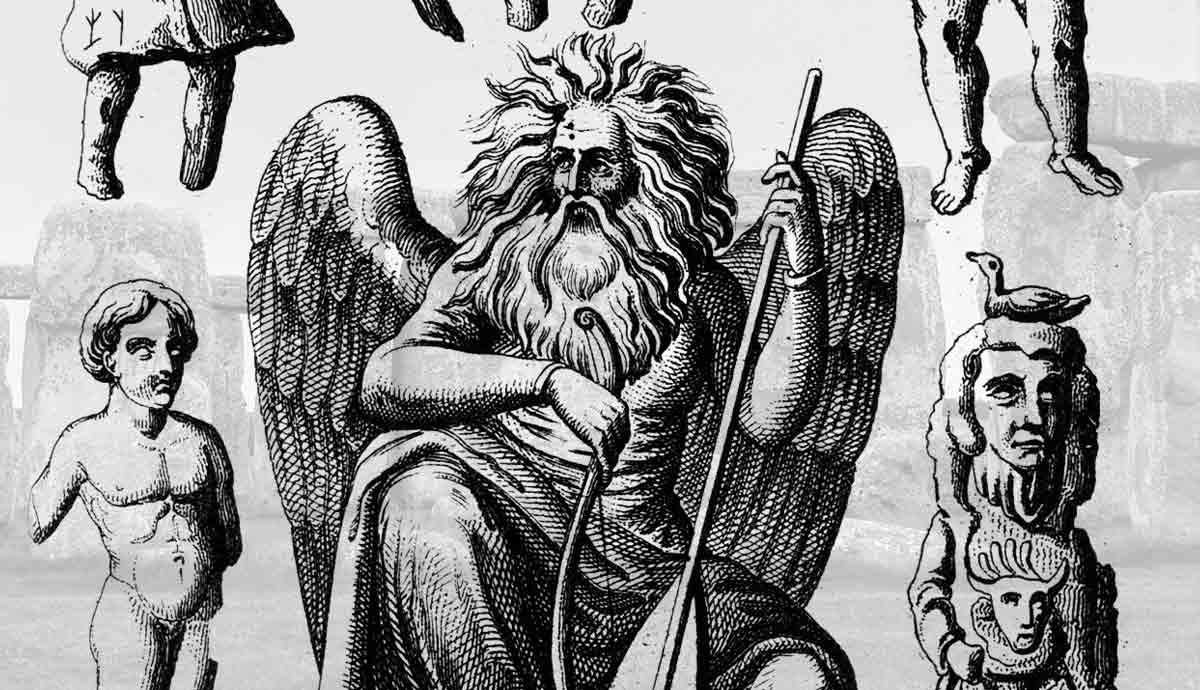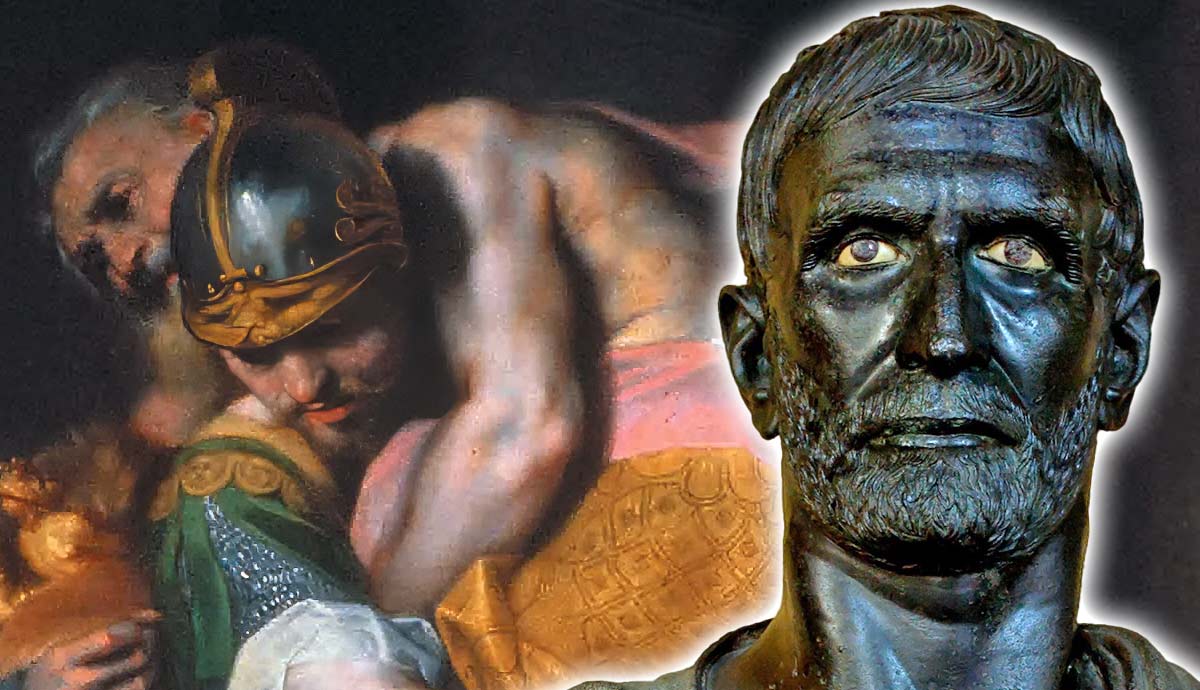
While many people are familiar with Aeneas of Troy, relatively few people have heard of Brutus of Troy, his supposed descendant. Despite his name suggesting an origin in Greek or Roman mythology, Brutus is actually a figure from medieval British records. He comes from Welsh traditions about the origin of the Britons. According to these legendary accounts, Brutus led a migration from Italy to Britain and founded a kingdom there, and the Britons are his descendants. What do we know regarding the origin of this legendary figure, and how far back can we trace him?
The Legend of Brutus of Troy

The legend of Brutus of Troy, also known as Brutus of Britain, is first found in the Historia Brittonum. This Latin document was written in c. 830 and is an important source for medieval Welsh legends. According to this record, Brutus was the son of Silvius, son of Aeneas. This Aeneas is the one who fled from Troy and founded a kingdom in Italy, according to Greek and Roman legend. Because of this, Brutus is often referred to as “of Troy,” even though the legend never places him in that city.
According to the account in the Historia Brittonum, Brutus accidentally caused the death of both his mother and his father. As a result, he was driven from Italy. He led a migration to Britain, stopping off at the islands of the Tyrrhenian Sea and founding the city of Tours along the way. One part also mentions that he conquered Spain, although it does not mention when in his career he was supposed to have done that.

However, the most famous version of the legend of Brutus does not come from the Historia Brittonum. It was Geoffrey of Monmouth, writing the Historia Regum Britanniae in c. 1137, who really popularized it. His version broadly follows the earlier account, but it differs in some places and greatly expands certain parts.
For instance, in Geoffrey’s version, Brutus is not the grandson of Aeneas. Rather, he was Aeneas’ great-grandson. His father, Silvius, is the son of Ascanius, son of Aeneas. However, a more meaningful difference is the fact that Brutus is portrayed as spending a substantial amount of time in Greece between his departure from Italy and his arrival at the Tyrrhenian islands. He resides among a community of Trojan captives taken by the Greeks after the fall of Troy. He eventually becomes their king, leads a successful revolution, and continues his journey with them. The conquest of Spain, in contrast, is not mentioned by Geoffrey at all.
Other Versions of the Legend
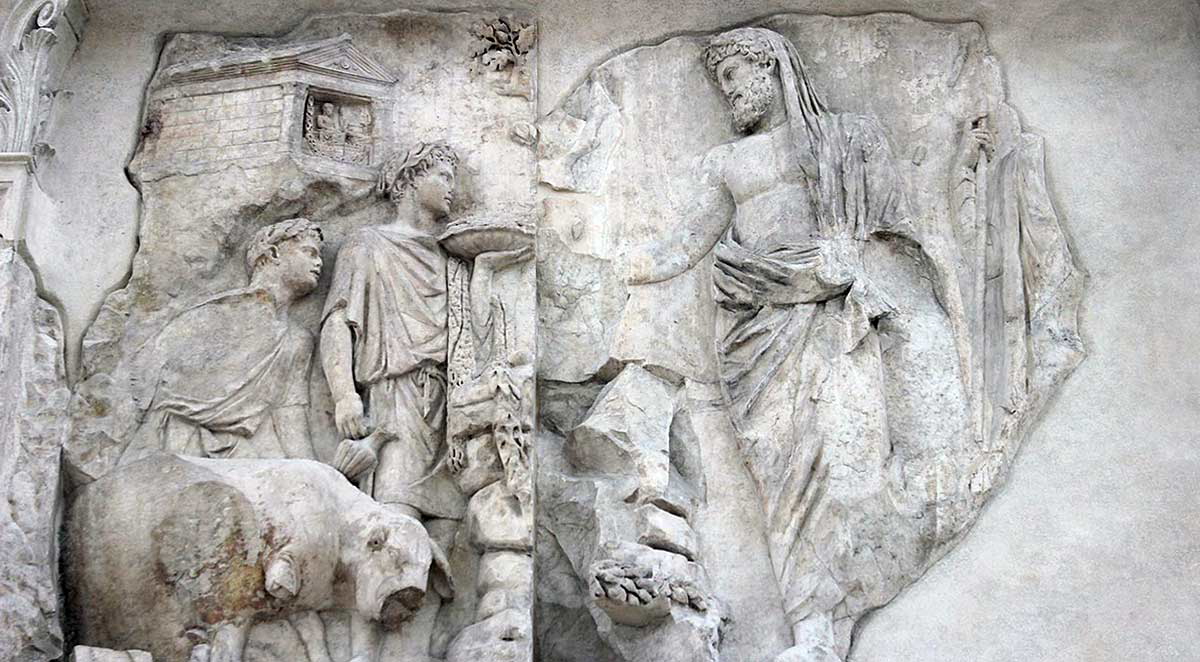
A fact that is often overlooked in considerations of Brutus of Troy is the fact that the Historia Brittonum provides more than one version of the legend. This is seen, in part, by the fact that three distinct genealogies are provided for him. The first, as we have already seen, makes him the son of Silvius, son of Aeneas. However, an alternative genealogy is provided for him that makes him descended from Aeneas’ son Ascanius. While this reflects Geoffrey’s version, the rest of the lineage is completely different. It goes through Numa Pompilius, the second king of Rome, and also Rhea Silva, the mother of Romulus. In this version, Brutus’ father is Hisicion, son of Alanus, the son of Rhea Silva.
A third version appears in which Brutus again appears as the son of Hisicion, son of Alanus, only this time, Alanus is presented as the first man to ever dwell in Europe. This is obviously not reconcilable with the genealogy that makes Alanus a son of Rhea Silva, an Italian princess, since Italy was always understood as being part of Europe.
Does the Legend of Brutus Date Back to the 6th Century?
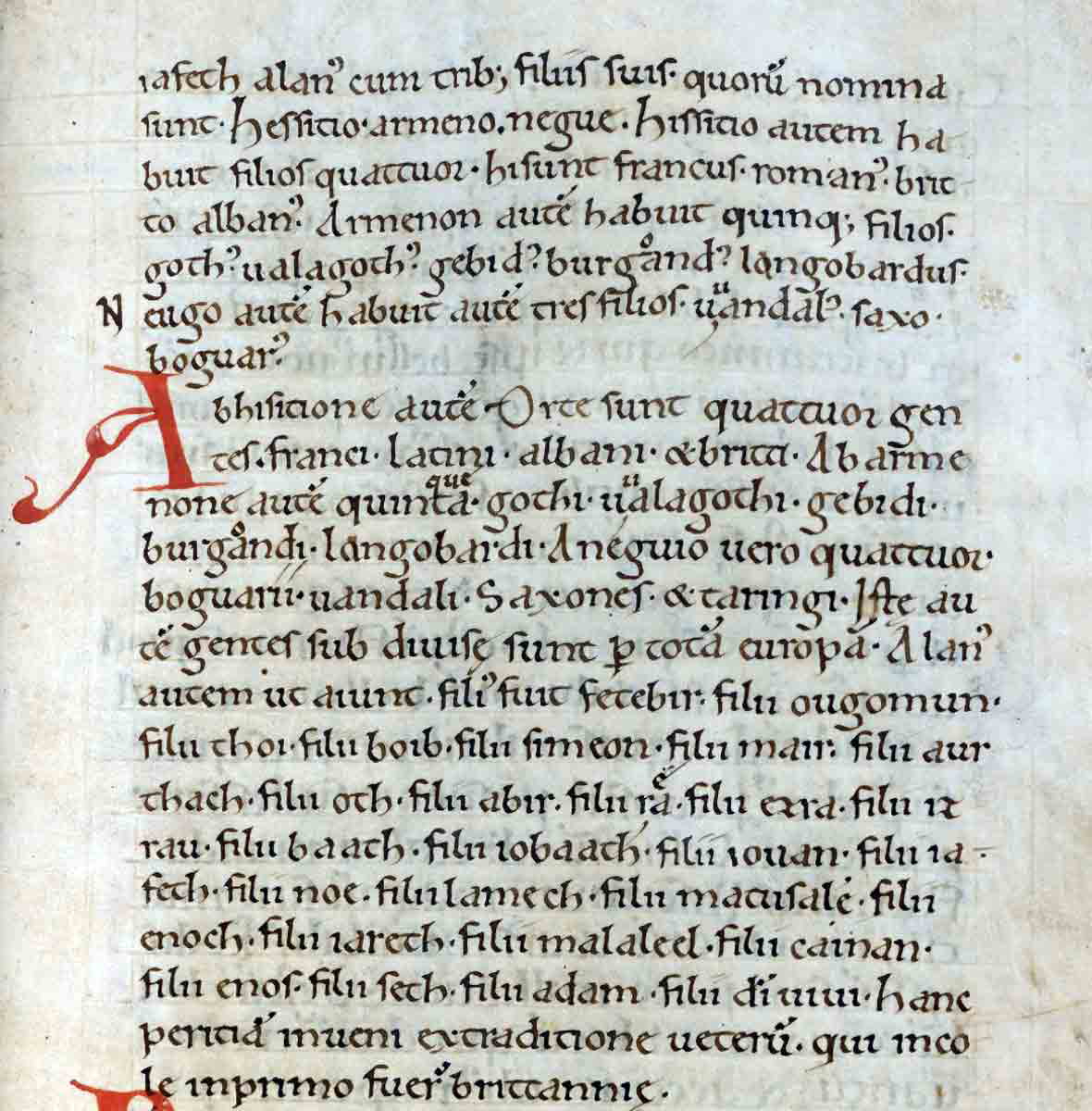
It is commonly claimed that the legend of Brutus does not date back any earlier than the 9th century when it appears in the Historia Brittonum. However, there is good evidence that a form of this legend already existed at least as early as the 6th century. This is seen from a comparison between this record and the 6th-century Frankish Table of Nations. In the latter document, a man named Istio is said to have been the forefather of the Romans, the Britons, the Franks, and the Alamans. Other manuscripts spell the name of this ancestor figure as “Hisitio.”
It is clear that this is the origin of the Hisicion of the Historia Brittonum, whose sons are listed as Romanus, Brutus, Froncus, and Alamanus. This demonstrates that by at least as early as the 6th century, the Britons were held to be relatives of the Franks and the Romans. The Romans, of course, were famously held to be descendants of the Trojans. By this same century, we know that the Franks had also come to be viewed as Trojan descendants. The fact that the Frankish Table of Nations puts the Britons together with the Franks and the Romans, therefore, suggests that they, too, were viewed as having the same Trojan origin.
The Origin of Brutus
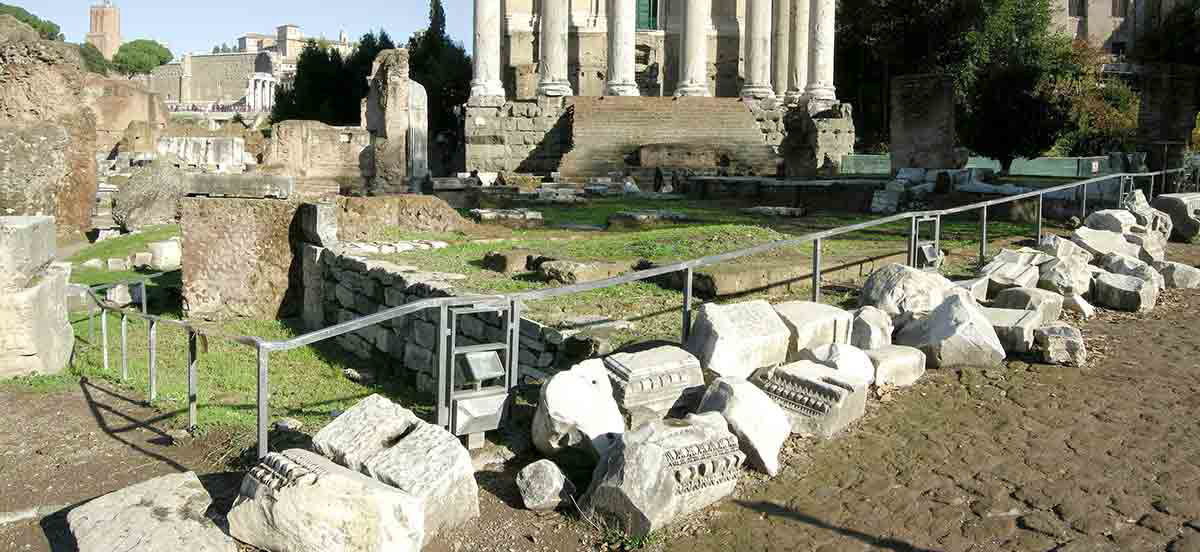
As we can see from this, the origin of the Historia Brittonum’s “Brutus son of Hisicion” can be traced back to the Frankish Table of Nations. However, that does not mean that this was the origin of the legend of Brutus as the descendant of Aeneas. As mentioned earlier, the Historia Brittonum presents Hisicion as the son of the first man who settled in Europe, which is clearly a separate tradition from the one about Aeneas.
Therefore, the tradition of Brutus as a descendant of Aeneas must have a different origin. Are there any clues in the Historia Brittonum as to the answer? In fact, one of them has already been mentioned. One of the lineages given to Brutus makes him the great-great-grandson of Numa Pompilius, the second king of Rome. Placing Brutus four generations after the legendary Numa Pompilius would place him in precisely the era of a famous Brutus from early Roman history. Which Brutus was this?
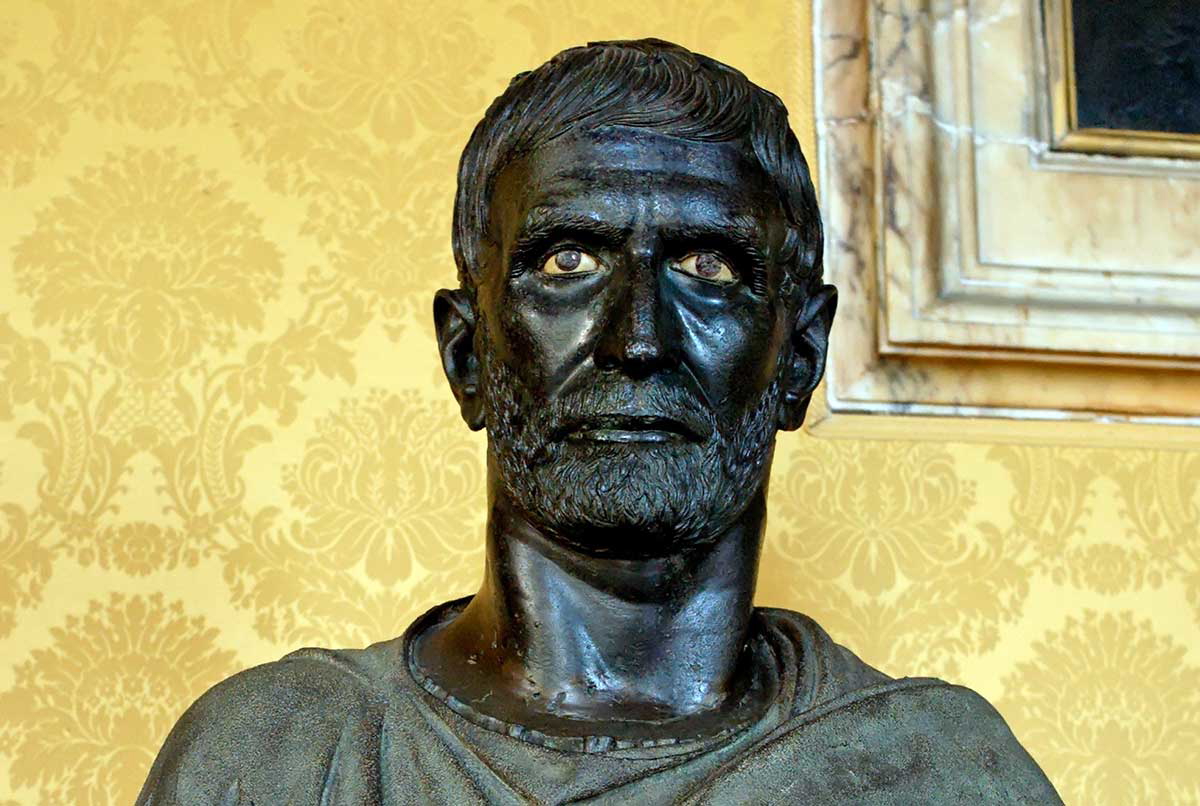
The Brutus in question was Lucius Junius Brutus. He was, according to the available records, the first consul of Rome. He lived in the latter half of the 6th century BCE, which fits exactly with the reference to Brutus being the great-great-grandson of Numa Pompilius. Could it be that the Brutus of the Historia Brittonum is largely based on the historical, or at least semi-historical, Lucius Junius Brutus?
Another clear indication that this was the intent of the tradition is that the Historia Brittonum explicitly refers to Brutus in one place as the one who “first exercised the consular office” and “reigned over the Romans.” Given that Lucius Junius Brutus was widely remembered as the first Roman consul, it is obvious that he is the intended Brutus of the account. This is also consistent with the fact that the account in the Historia Brittonum includes a passage about a prophecy given before the birth of Brutus. This stated that he would become the most valiant man in Italy. Similarly, a legend about Lucius Junius Brutus claims that a prophecy given when he was a youth stated that he would become the most powerful of the Romans.
Furthermore, the Aeneid strongly implies that Lucius Junius Brutus was held to be a descendant of Aeneas.
Why Has This Identification Been Overlooked?

Given the clear evidence that the Brutus of the Historia Brittonum is predominantly nothing more than a legendary version of Lucius Junius Brutus, why is there not more acknowledgment of this? The explanation can be traced back to a work written in 1923 by scholar James Douglas Bruce. His explanation of the origin of the Brutus legend became the standard piece on the subject. In this explanation, he pointed out that the Historia Brittonum’s reference to Brutus conquering Spain appears to have been taken from Jerome’s Chronicon. That source was talking about Decimus Junius Brutus. Hence, that 2nd century BCE Roman general evidently did form part of the origin of the Brutus of medieval Welsh legend.
In his explanation, Bruce did point out that Lucius Junius Brutus, the first Roman consul, had evidently been combined with Decimus Junius Brutus. However, he only referred to this fact in passing, in a single line. As a result, subsequent summaries of his explanation of Brutus’ origins have ignored this point completely. In reality, Decimus explains only a very small part of the legend, while Lucius is the one who comprises the main core of the character.
What We Know About Brutus of Troy

In summary, the legend of Brutus of Troy tells the story of the origin of the Britons. They were said to be the descendants of Brutus, who was himself a descendant of Aeneas of Troy. After being banished from Italy, he led a migration through the Mediterranean and finally arrived in Britain. This legend was popularised by Geoffrey of Monmouth in 1137, but there is good evidence that it dates back to at least the 6th century.
The origin of the character of Brutus can be partially traced to a misreading of the Frankish Table of Nations, where the Britons as a whole are intended rather than a specific founding figure. Brutus can also be partially traced back to Decimus Junius Brutus, a Roman commander in the 2nd century BCE. However, the primary origin of Brutus of Troy is Lucius Junius Brutus, the first Roman consul in the 6th century BCE. The Historia Brittonum makes this clear by describing Brutus as the first to hold the consulship over the Romans and by its placement of Brutus relative to Numa Pompilius.
